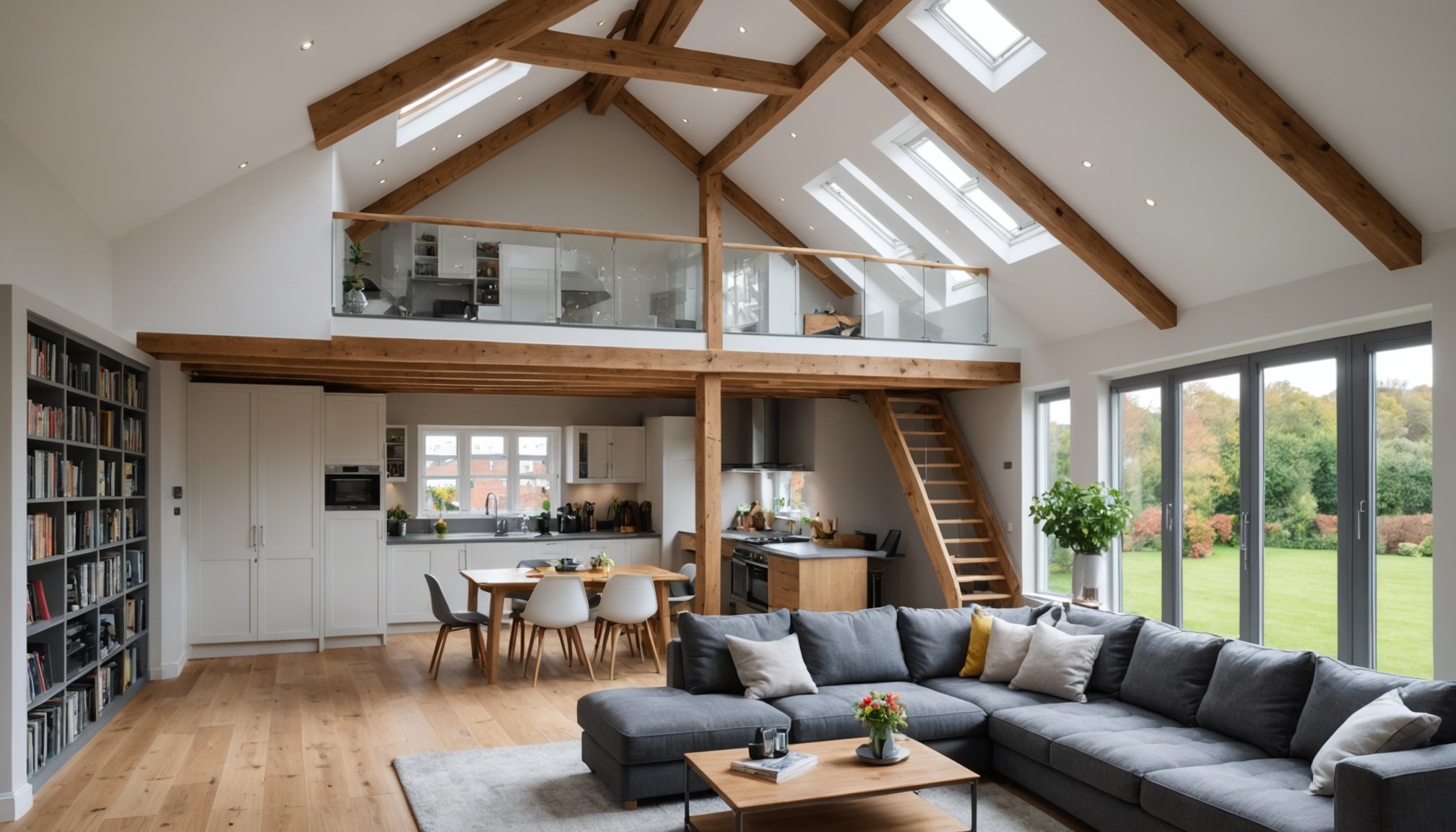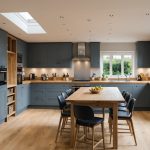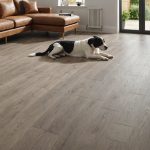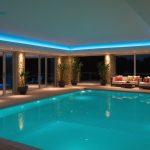Understanding Mezzanine Levels in Loft Conversions
Mezzanine levels offer a popular solution in loft conversions, maximising the use of vertical space. Defined as intermediate floors within a building, these levels provide additional living or storage space without extending the structural footprint. They effectively enhance both functionality and value of properties, aligning with modern design aesthetics.
Design Considerations
When planning loft conversions, it’s crucial to consider the space available and structural integrity. Popular designs include using glass balustrades for openness and light-enhancing features such as skylights or large windows. Creative use of staircases can also serve both functional and aesthetic purposes, with spiral or floating stairs often employed in compact areas.
In parallel : Essential Features for Crafting Your Zen-Inspired Bedroom Retreat in the UK
Aesthetics and Benefits
Mezzanines are renowned for their ability to create visually pleasing environments. They introduce a sense of dimension and height, making the space appear larger and more inviting. The benefits extend beyond aesthetics; mezzanines provide additional rooms for varied uses, such as offices or leisure areas, without requiring major renovations.
Successful Case Studies
Numerous UK homes have successfully integrated mezzanines into their loft conversions. For instance, in London, a small urban residence transformed its loft into a dual-purpose living and office space, enhancing both efficiency and modern appeal.
Have you seen this : Top Materials for Creating a Long-lasting and Chic Kitchen Backsplash in the UK
This effective use of mezzanine levels in loft conversions demonstrates their adaptability and value in contemporary home design.
Design Considerations for Mezzanines
When contemplating mezzanine designs, space optimization and aesthetic integration are paramount. A well-planned mezzanine can transform an area, making it both functional and stylish.
Utilizing Vertical Space
Using vertical space efficiently allows for significant room enhancement without expanding the building’s footprint. By extending upwards, you can create additional levels or platforms. This is especially helpful in tight spaces where traditional expansion isn’t possible. Proper design ideas can marry functionality with chic interiors, offering both utility and visual appeal.
Open vs. Closed Mezzanine Designs
Choosing between an open or closed mezzanine design depends on the desired use and privacy level. Open mezzanines foster a sense of openness and connectivity, ideal for offices or social areas. Conversely, closed designs offer privacy and defined space, suitable for bedrooms or private offices.
Lighting and Airflow Solutions
Natural light and proper airflow are crucial for mezzanine comfort. To maximize natural lighting, consider strategically placed windows and skylights. These elements bring warmth and reduce energy costs. For ventilation, ensure the mezzanine includes appropriate air circulation systems to maintain air quality, preventing issues related to humidity and stagnation.
Design ideas informed by these factors ensure a mezzanine that is both practical and seamless within a building’s aesthetic integration.
Structural Considerations
Before adding a mezzanine level, it is crucial to evaluate structural integrity to ensure safety and functionality. Thorough assessments focus on load-bearing capabilities and the condition of existing support beams. Professional expertise is essential to identify areas that may require additional reinforcement or modifications.
Support beams are the backbone of mezzanine construction, providing necessary stability. There are various types of support systems to suit different structural needs. Common options include steel columns, which offer robust support, and wooden beams for lighter loads. The choice of material and design depends on the specific requirements of your space and the intended use of the mezzanine.
Conducting detailed evaluations and planning should not be overlooked. Inadequate assessments can lead to compromised safety and potential structural failure. Therefore, engaging professionals to perform a comprehensive analysis is critical. These experts assess factors such as material quality, load distribution, and compliance with building codes to ensure the project is feasible and secure.
In conclusion, considering structural aspects meticulously is key to a successful mezzanine addition. By prioritising professional assessment and selecting appropriate support systems, you can secure the safety and longevity of your new space.
Legal and Regulatory Requirements
Understanding the legal and regulatory requirements is crucial before embarking on a loft conversion. Whether you’re considering a minor adjustment or a major renovation, compliance is key to avoiding future complications.
Overview of Planning Permissions in the UK
In the UK, planning permission is often required for significant alterations to your property. However, many loft conversions fall under permitted development rights, meaning they do not require permission. It’s essential to confirm with your local planning authority as rules can vary.
Key Building Regulations to Follow
For loft conversions, meeting building regulations is mandatory, ensuring safety and structural integrity. Key regulations cover aspects such as fire safety, structural stability, and thermal insulation. Compliance ensures the conversion is safe and energy-efficient.
How to Navigate the Approval Process
To successfully navigate approval, start by consulting with professionals who understand the local planning and building regulation landscape. Here’s how to ensure compliance:
- Prepare detailed plans that meet regulations.
- Consult with a building control officer for guidance.
- Avoid common pitfalls such as ignoring height constraints or neglecting fire safety provisions.
By following these steps, you can streamline the approval process and enhance the likelihood of a hassle-free conversion.
Cost Estimation for Adding a Mezzanine
Adding a mezzanine can be a smart financial investment, but a detailed cost analysis is essential. Typical costs for mezzanine additions can vary widely, often starting from around £10,000 and reaching upward. The financial considerations include structural modifications, materials, and labour. Each project is unique. Key elements like the size of the mezzanine, choice of materials, and complexity of design significantly influence the overall expense.
One of the most prudent steps is to conduct a thorough budgeting process. Homeowners should account for unexpected expenses, a common occurrence in construction projects. This means setting aside a contingency fund. Experts recommend reserving 10-20% of your budget for unforeseen issues.
Budgeting tips also involve gathering multiple quotes from contractors. Comparing quotes ensures more competitive pricing and helps in understanding what different elements require financially. Prioritising cost over quality, however, can lead to increased expenses in the long run due to potential repairs and maintenance.
Ultimately, being well-informed about budgetary elements and careful financial planning makes the addition of a mezzanine not just feasible, but a wise augmentation of your living space.
Expert Insights and Resources
Understanding the experience and expert advice of seasoned professionals can be pivotal in achieving quality architectural results. Engaging with architects and builders provides access to invaluable resources, which inform planning and execution based on industry best practices.
Interviews with Architects and Builders
Gaining perspectives from architectural experts has immense benefits. Learn how these professionals overcome common challenges and their approach to the complexities of design. Such interviews often reveal unique approaches and practical solutions, giving readers the insights needed for informed decision-making.
Recommended Tools and Software for Planning
Incorporating cutting-edge tools enhances the precision and effectiveness of architectural planning. Software like CAD (Computer-Aided Design) and BIM (Building Information Modeling) are among the recommended options. They enable detailed design visualisation and project management, embodying industry best practices for efficiency.
Helpful Industry Resources and Websites
Leverage online platforms to supplement professional guidance. Websites such as ArchDaily and Houzz offer valuable resources, including design inspirations and detailed industry insights. These resources are essential for those seeking ongoing education and exploration within the architectural field. Engaging with these platforms empowers individuals to align with professional standards and achieve exceptional design outcomes.











